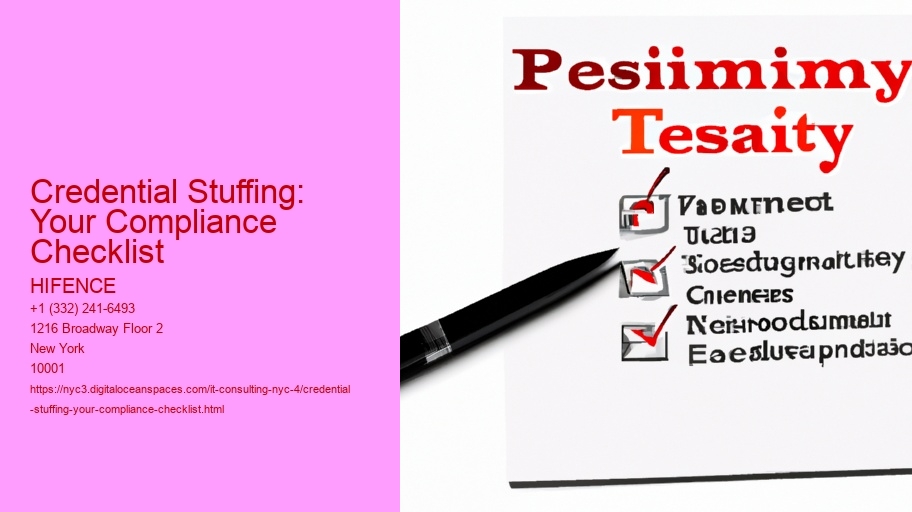
Credential stuffing.
First, weve gotta talk about strong passwords. This isnt new, I know, but its absolutely crucial. You cant just suggest "P@$$wOrd123" and call it a day. Were talking about actively enforcing password complexity requirements. Think length minimums, a mix of upper and lowercase letters, numbers, and symbols. And, please, please, discourage password reuse! Consider implementing a tool that can detect and flag commonly used passwords or, better yet, ones that have appeared in known data breaches.

Next up: Multi-factor authentication (MFA). Seriously, if youre not using MFA, youre just asking for trouble.
Rate limiting is also key to not ignoring. This means limiting the number of login attempts from a single IP address within a certain timeframe. If someones hammering your login page with countless attempts, its a big red flag. Implement rate limiting to slow them down and give your security systems a chance to catch them. It wont stop them completely, but itll make their job much, much harder.

Account lockout policies are another essential element. After a certain number of failed login attempts, temporarily lock the account. This prevents attackers from repeatedly guessing passwords indefinitely.

Regular security audits and penetration testing? Absolutely. You need to actively look for vulnerabilities in your systems. Hire ethical hackers (pentester) to try and break into your systems, so you can identify and fix weaknesses before the bad guys do. This isnt a one-time thing; it needs to be an ongoing process.
Monitoring and alerting are vital. Keep a close eye on login activity. Look for suspicious patterns, like logins from unusual locations or at odd hours. Set up alerts to notify you immediately if anything looks fishy. Early detection is key to minimizing the damage from credential stuffing attacks.
Finally, user education. Dont forget your users! Educate them about the dangers of password reuse and phishing scams. Teach them how to create strong passwords and how to recognize suspicious emails or websites. A well-informed user is your best defense against social engineering attacks.
So, there you have it. Its not a simple checklist, and it certainly isnt exhaustive, but its a good starting point. By implementing these measures, you can significantly reduce your risk of falling victim to credential stuffing attacks and protect your users accounts.